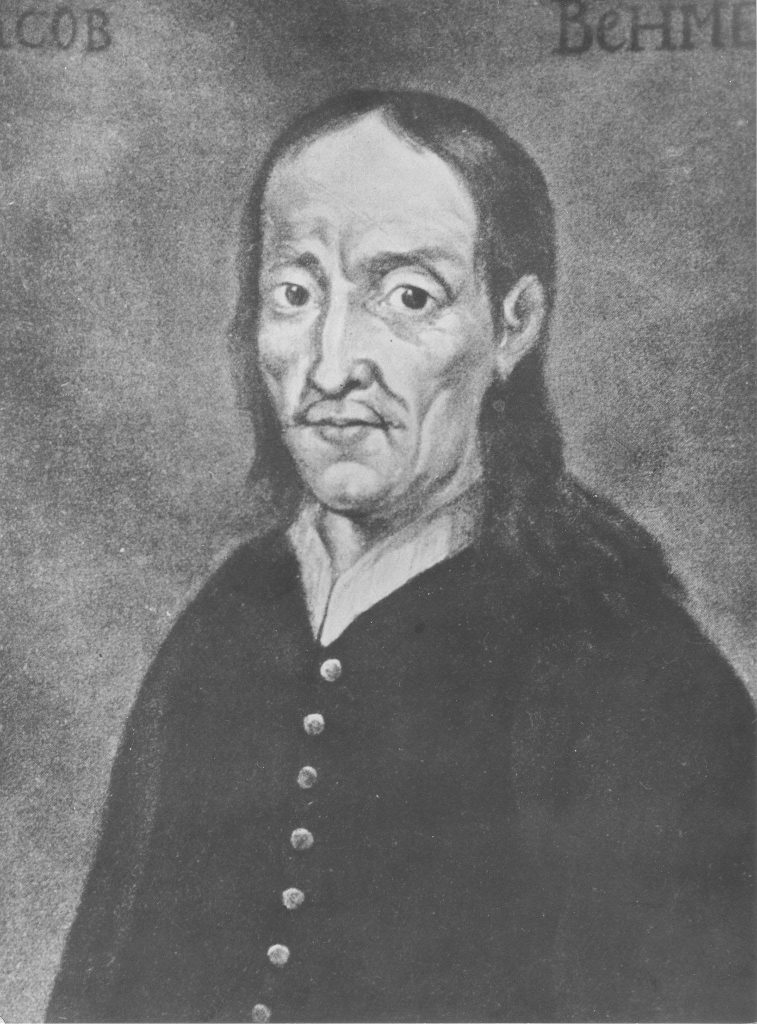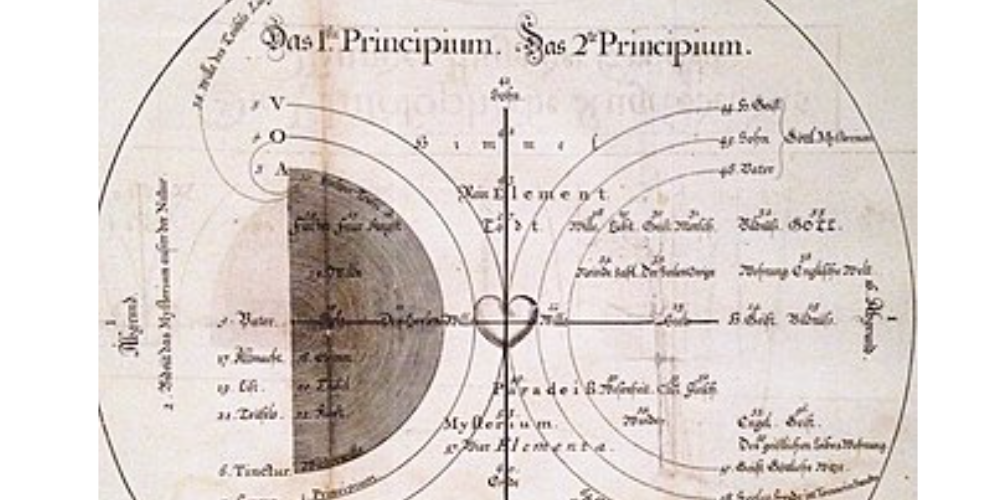

George Keith (1638-1716) a Christian and kabbalist was born to a Scottish Presbyterian family but found community among the early Quakers of New Jersey. In a beautifully penned letter called “Cabbalah of the Jews” he reveals a truly substantial knowledge of Lurianic Kabbalah as it was taught and debated during that period amongst colonial Christians. Keith’s letter is a critique of the teachings of the Lutheran kabbalist Jakob Böhme (1575-1624) which can be found in his work “Temple of Wisdom.” In Keith’s letter, he argues that Böhme did not adequately defend the distinction between an Unknowable Creator and His finite creation. Had Böhme been alive to defend his work I’m sure he would have done so. He wrote:
When the Eternal One, in its aspect as a Trinity and with reference to divine wisdom, reveals itself on the seven planes of existence, this revelation constitutes seven different rays or states of eternal nature, comparable to the sevenfold scale of colours, tunes, chemical substances, &c., all of which are seven different forms in which the fundamental one is manifesting itself. Of these seven forms or sourcive states of eternal nature, the first and the seventh refer to the Father, the second and sixth to the Son, the third and fifth to the Holy Spirit, while the fourth represents the balance in which exists the division between spirit and matter.
The eternal Essence, being desirous of revealing itself to itself (to attain self-consciousness), had to conceive within itself a will; but as within itself there was no object for its will or desire, except the powerful Word, which in the tranquil eternity did not exist, the seven states of eternal nature had to be born from within. From these, then, proceeded, from eternity to eternity, the powerful Word, the power, the heart, and the life of the tranquil eternity and its eternal wisdom.” (Threefold Life, iii. 21.)


What both Jakob Böhme and George Keith took for granted was that a proper understanding of Jewish kabbalah was needed to articulate Christian doctrine, whether one called it Lutheran or Quaker. This debate underscores the importance and influence of Lurianic Kabbalah on Colonial Christianity. George Keith went on to become an early opponent to African slavery. He wrote “Surely the Lord doth behold their oppressions and afflictions, and will further visit for the same by his righteous and just judgments, except they break off their sins (of taking slaves) by repentance, and their iniquity by showing mercy.” For Keith it was clear that slaves stolen from Africa possessed the same light of Christ which could be found in every human soul. Keith and the Christian Kabbalists before him understood Christ as “Adam Kadmon Sheni” meaning the primordial human structure perfected and embodied within the person of Christ. For Keith, humanity found completion through the awaking of the Nishmat Christi, the messianic spark within all mankind, African, European or Asian.

